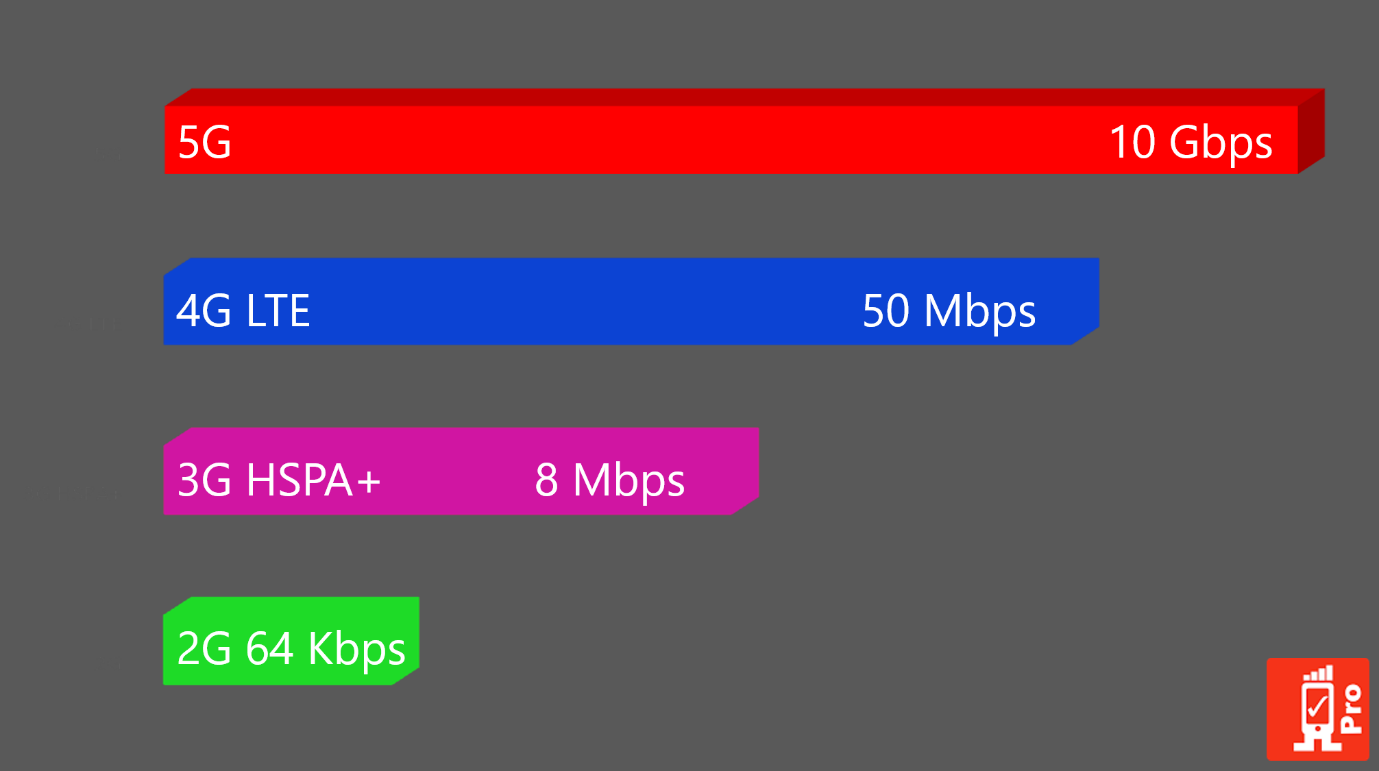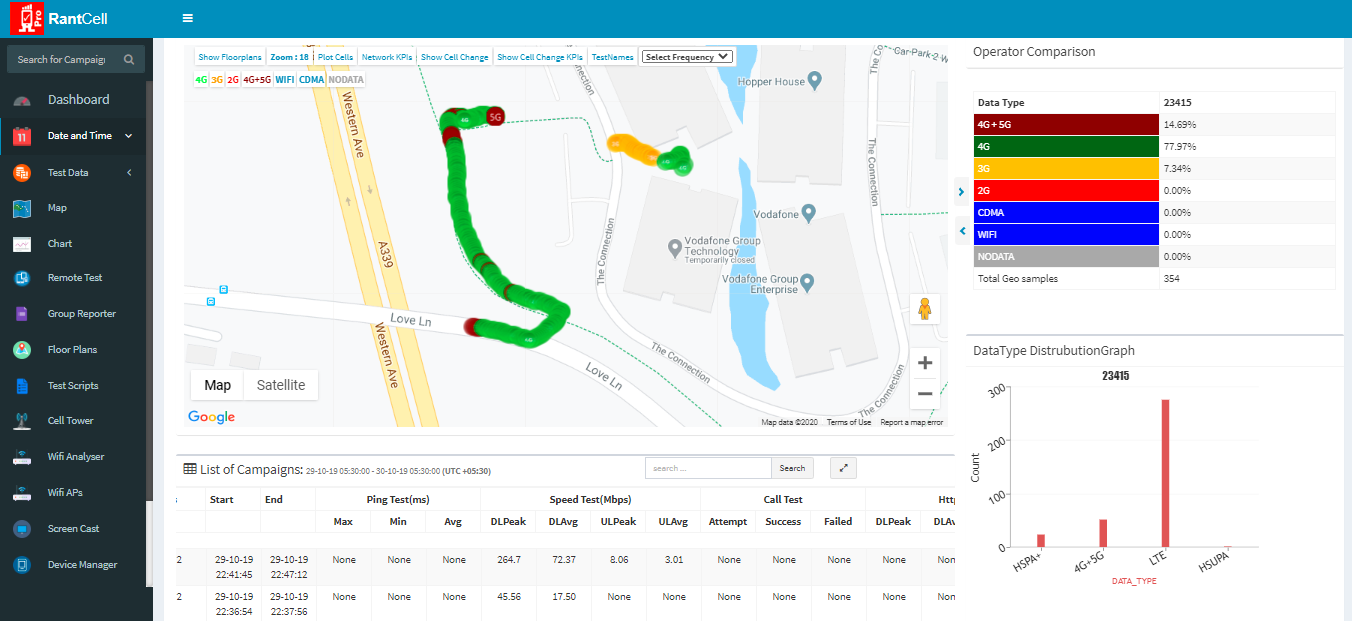What are the differences between 2G, 3G, 4G LTE, and 5G networks?
Simply, the "G" stands for "GENERATION". While connected to the internet, the speed of the connection depends upon the signal strength that is shown in abbreviations like 2G, 3G, 4G, 5G, etc. on any mobile device. Each generation of wireless broadband is defined as a set of telephone network standards that describe the technological implementation of the system.
The aim of wireless communication is to provide high quality, reliable communication just like wired communication and each new generation represents a big leap in that direction. Mobile communication has become more popular in the last few years due to fast reform in mobile technology. For the comparison of 2G, 3G, 4G, and 5G we first need to understand the key features of all these technologies.








